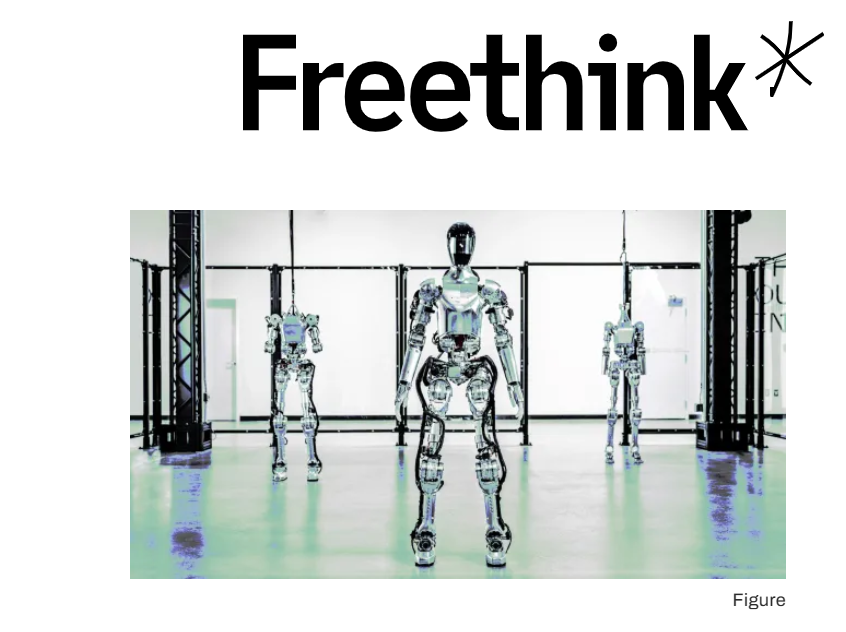 |
| ScitechDaily.com |
"A new study has overturned a fundamental principle of physics by demonstrating that similarly charged particles can attract each other in a solution, with the effect varying between positive and negative charges depending on the solvent. This discovery has significant implications for various scientific processes, including self-assembly and crystallization". (ScitechDaily, Opposites Attract, Likes Repel? Scientists Overturn Fundamental Principle of Physics)
The research reveals the importance of solvent structure at the interface in determining interparticle interactions, challenging long-held beliefs and indicating a need for a re-evaluation of our understanding of electromagnetic forces. Credit: Zhang Kang". (ScitechDaily, Opposites Attract, Likes Repel? Scientists Overturn Fundamental Principle of Physics)
New observations about magnetic fields. And same polar particle or object interaction revolutionized the knowledge of magnetism. They say. The system can put particles that have the same polarity. Into the same entirety. The reason for that is that all particles have polarity. The other pole is very weak in some particles. The main magnetic field is in the axle of the particle.
Or there are stronger points in magnetic fields around all particles and objects. If the stronger point is against a weaker point, the weaker point pulls a stronger magnetic object into it. This thing causes a revolution in physics. But that also makes it possible to create new types of nanomachines and nanostructures.
New types of systems can determine the certain position of atoms in 3D structures. That thing revolutionizes material research. That thing allows to create the box-shaped graphene structures that don't miss the property of 2d structures. The idea is, that. The system creates the box-shaped graphene by connecting graphene layers. And that makes it possible to create graphene bricks that connect the properties of 2D and 3D structures into new entireties.
The new measurement tool called quantum gas microscope can solve the problem of how to determine the position of a single atom in a complicated 3D structure, even if those atoms are in lines. The system uses gas or atom cloud that it stresses with energy. Those atoms send radiation that impacts the structure from all directions. The scanning quantum microscope can use protons or electrons that orbit the object. Then that system sends radiation to those particles, and then they send energy that the sensor can capture. All atoms in the path of that radiation cause scattering that uncovers its position.
"Researchers have devised a method to accurately measure an atom’s three-dimensional position with a single image, revolutionizing quantum mechanics experiments and material development by facilitating precise atom manipulation and tracking." (ScitechDaily, Ingenious New Method Measures the 3D Position of Individual Atoms)*************************************************
The next part is from ScitechDaily.com
The Challenge of Measuring the Third Dimension
"Anyone who has used a microscope in a biology class to study a plant cell will probably be able to recall a similar situation. It is easy to tell that a certain chloroplast is located above and to the right of the nucleus. But are both of them located on the same plane? Once you adjust the focus on the microscope, however, you see that the image of the nucleus becomes sharper while the image of the chloroplast blurs. One of them must be a little higher and one a little lower than the other. However, this method cannot give us precise details about their vertical positions". (ScitechDaily, Ingenious New Method Measures the 3D Position of Individual Atoms)
"The principle is very similar if you want to observe individual atoms instead of cells. So-called quantum gas microscopy can be used for this purpose. It allows you to straightforwardly determine the x and y coordinates of an atom. However, it is much more difficult to measure its z coordinate, i.e., the distance to the objective lens: In order to find out on what plane the atom is located, multiple images must be taken in which the focus is shifted across various different planes. This is a complex and time-consuming process." (ScitechDaily, Ingenious New Method Measures the 3D Position of Individual Atoms)
https://scitechdaily.com/ingenious-new-method-measures-the-3d-position-of-individual-atoms/
*************************************************
The ability to determine the precise point of certain atoms in 3D structures makes it possible to create nano-scale X-ray systems. In that version, the outside system can send energy impulses that resonate with that atom. The atom sends electromagnetic wave movement when it releases that extra energy. The observation system can use that reflection for searching errors in nano-size systems. Or it can determine that atom's point using a ball-shaped antenna structure.
The scanning tunneling microscopes with moving stylus make it possible to detect minimum errors in nano-scale structures. That kind of system can connected with attosecond lasers, that scan the 3D structures. That kind of system makes it possible to scan and determine the places of single atoms in complicated structures.
https://academic.oup.com/nsr/article/3/2/170/2460374
https://scitechdaily.com/ingenious-new-method-measures-the-3d-position-of-individual-atoms/
https://scitechdaily.com/opposites-attract-likes-repel-scientists-overturn-fundamental-principle-of-physics/
https://en.wikipedia.org/wiki/Quantum_microscopy








